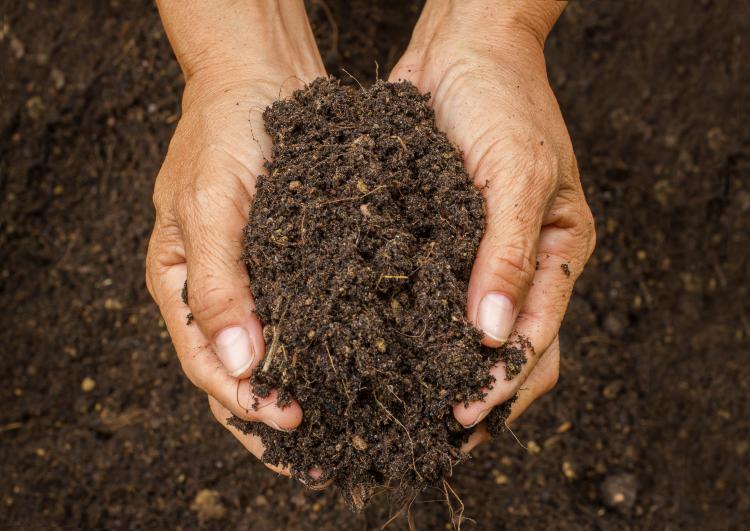Revegetation and Erosion Control
Any woodland management that removes vegetation or compacts soil will impact soil and water dynamics. To restore woodland health, return native plants to the land as soon as possible so they can do their work to stabilize soil and slow water movement. After a timber harvest revegetation is especially important because bare forest ground and temporary roads and landings will begin to erode in the first big rain. Replanting the land is the most cost-effective and environmentally sound approach to restoration. Revegetation will protect water resources while at the same time enhancing beauty, health and wildlife in your woodland.
Some BMPs to be aware of when reestablishing plant cover:
- Use native plants and seed. Do not introduce invasive non-native species.
- Loosen soil and ensure soil quality prior to seeding.
- Remove and revegetate unneeded logging roads, landings and skid trails as soon as possible.
Erosion Control
When they are healthy, forest root systems, tree limbs and plant leaves moderate the pathways of rainfall. Erosion may occur in a healthy forest, but only at very slow rates–an average of 300 pounds per acre per year. But when our activity disturbs this system, through timber harvesting, road building and other disruptions, erosion rates can climb dramatically. In a forest where timber has been cut without Best Management Practices, erosion rates can reach more than 2700 pounds per acre per year.
Soil is a valuable resource for woodlands and its loss is reason enough to employ Best Management Practices. In addition, when erosion occurs soil often ends up in waterways where it can impact water quality. This can have many repercussions, from driving up the cost of water filtration for human drinking water, to smothering fish and killing aquatic organisms at the base of the food chain.
Two factors impact how much soil erodes off of a landscape: the amount of bare soil exposed and the length of time it is exposed. To mitigate these factors, revegetation is the best long-term solution, but there are other techniques that can help reduce erosion in the short run. Best Management Practices control water runoff and capture sediment by slowing water down and spreading it out.
BMPs for erosion control include:
- Employing techniques to control water flow, including water bars and diversion ditches.
- Capturing sediment before it can reach waterways, using sediment traps, hay bales and silt fences.
- Avoiding forest management activities on steep and unstable slopes.
- Siting and grading roads to ensure proper drainage.
- Loosening soil in compacted areas, then reseeding with native plants.
- Seeding and mulching disturbed areas.
- Avoiding wet season logging.
How can I get more tips?
It’s simple! Enter your email below.

